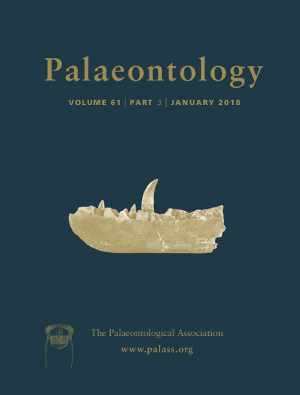Reg. Charity No. 1168330

Intermittent flight through flap‐gliding (alternating flapping phases and gliding phases with spread wings) or bounding (flapping and ballistic phases with wings folded against the body) are strategies to optimize aerial efficiency which are commonly used among small birds today. The broad morphological disparity of Mesozoic birds suggests that a range of aerial strategies could have evolved early in avian evolution. Based on biomechanics and aerodynamic theory, this study reconstructs the flight modes of two small enantiornithines from the Lower Cretaceous fossil site of Las Hoyas (Spain): Concornis lacustris and Eoalulavis hoyasi. Our results show that the short length of their wings in relation to their body masses were suitable for flying through strict flapping and intermittent bounds, but not through facultative glides. Aerodynamic models indicate that the power margins of these birds were sufficient to sustain bounding flight. Our results thus suggest that C. lacustris and E. hoyasi would have increased aerial efficiency through bounding flight, just as many small passerines and woodpeckers do today. Intermittent bounding appears to have evolved early in the evolutionary history of birds, at least 126 million years ago.